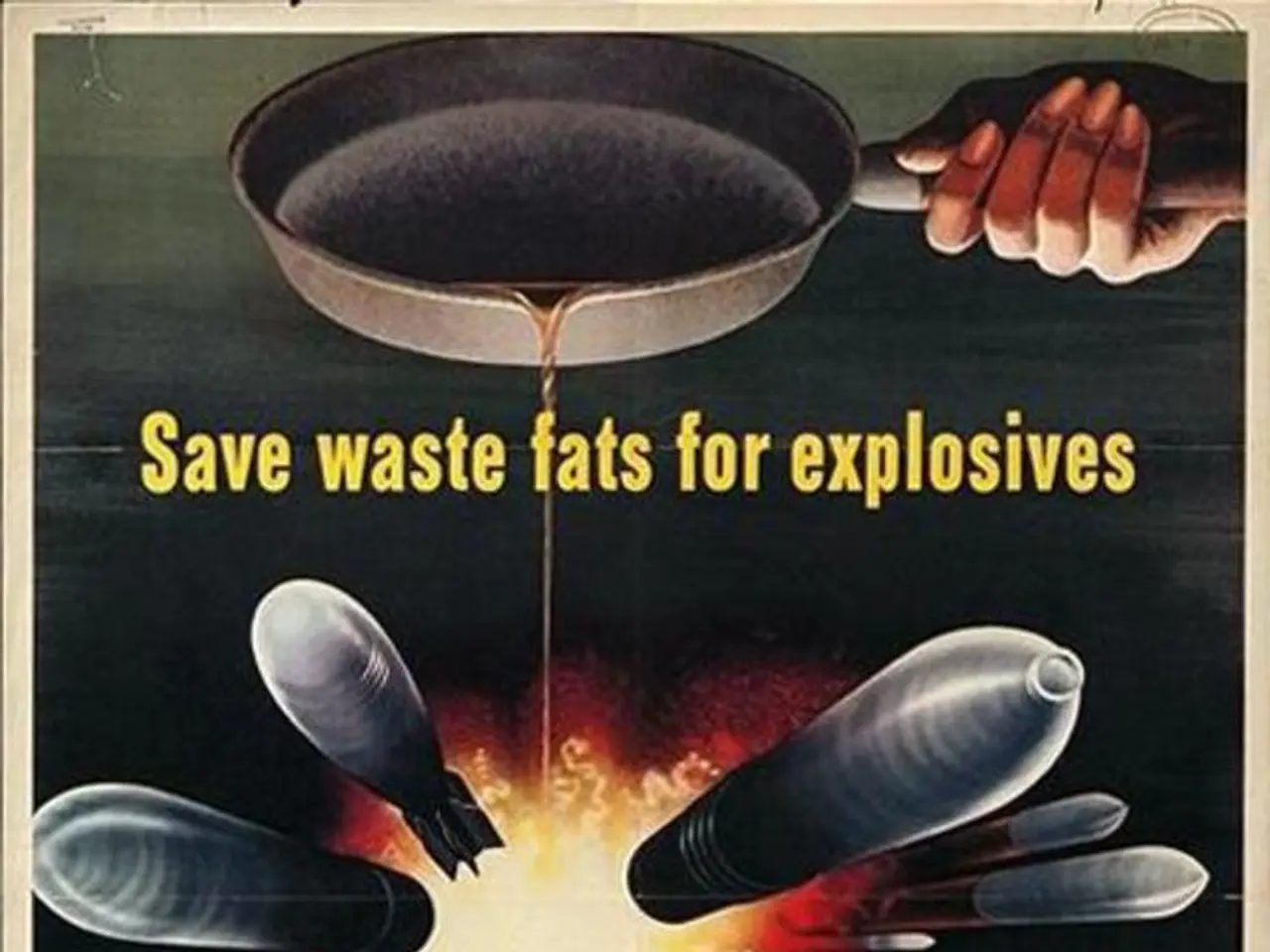Competitors of BMW's fuel cell vehicles retreat, leaving BMW at the forefront of the fuel cell market.
### Stellantis Suspends Hydrogen Fuel Cell Technology Program
In a significant move for the automotive industry, Stellantis has announced the suspension of its hydrogen fuel cell technology program. The decision, based on insufficient refueling infrastructure, high capital requirements, and lack of customer incentives, has far-reaching implications for the hydrogen sector and other key players.
#### Challenges in Hydrogen Fuel Cell Technology
The primary obstacles for hydrogen fuel cell vehicles, as highlighted by Stellantis, include the limited availability of hydrogen refueling stations and the substantial capital needed to develop and maintain the technology. Moreover, the hydrogen market is currently viewed as a niche segment with no immediate prospects for economic sustainability.
#### Impact on the Hydrogen Sector
Stellantis' decision will have significant repercussions for the hydrogen sector. For instance, the company is a shareholder in Symbio, a joint venture that develops and produces fuel cell systems. This move could lead to operational and financial consequences for Symbio, potentially resulting in job losses and reduced investment in hydrogen technologies.
Furthermore, the withdrawal of a major player like Stellantis could erode confidence in the hydrogen sector, potentially discouraging other companies from investing in similar technologies. This decision may accelerate the shift towards other alternative energy sources, such as battery electric vehicles (BEVs), which are gaining traction across the industry.
#### Implications for BMW
While Stellantis' decision directly impacts its own hydrogen fuel cell program and partners like Symbio, the broader implications for BMW and the hydrogen sector are more complex. BMW's hydrogen drive currently plays a minor role and is intended as a supplementary building block for electromobility.
The move could potentially intensify scrutiny on BMW's hydrogen fuel cell plans, as investors and stakeholders may question the viability of such technologies in light of Stellantis' decision. However, it could also push BMW and other automakers to diversify their technological bets, focusing more on electric vehicles or other sustainable energy solutions that have stronger market traction.
#### Market Dynamics
BMW will likely monitor the sector closely, considering how Stellantis' exit affects market dynamics and potential opportunities or challenges in the hydrogen sector. The company's share currently does not offer any purchase incentive.
#### A Shrinking Hydrogen Alliance
Stellantis' decision is noticeably shrinking the hydrogen alliance, particularly affecting BMW. Toyota, Hyundai, and Renault, which continue to offer hydrogen vehicles, are similarly affected by Stellantis' exit.
#### BMW's Future Plans
BMW could potentially benefit from positive news about the Neue Klasse model series, to be announced during the Capital Markets Day on 15./16. July. The company had previously developed hydrogen-powered models with a range of 400-500 kilometers and refueling times of less than five minutes. However, it is unclear whether Stellantis will retain its shares or withdraw from Symbio.
#### DER AKTIONÄR DAILY Newsletter
For updates on these developments and more, subscribe to DER AKTIONÄR DAILY, a free daily newsletter from Germany's leading financial magazine, keeping readers informed about the latest happenings in exciting companies and at the stock exchange.
The suspension of Stellantis' hydrogen fuel cell technology program, due to insufficient refueling infrastructure and high capital requirements, might prompt other companies to reconsider their investments in hydrogen technology, as technology plays a crucial role in this sector. Moreover, the withdrawal of a major player like Stellantis could lead to a shrinking hydrogen alliance, potentially impacting companies like BMW that have vested interests in hydrogen-powered vehicles.




